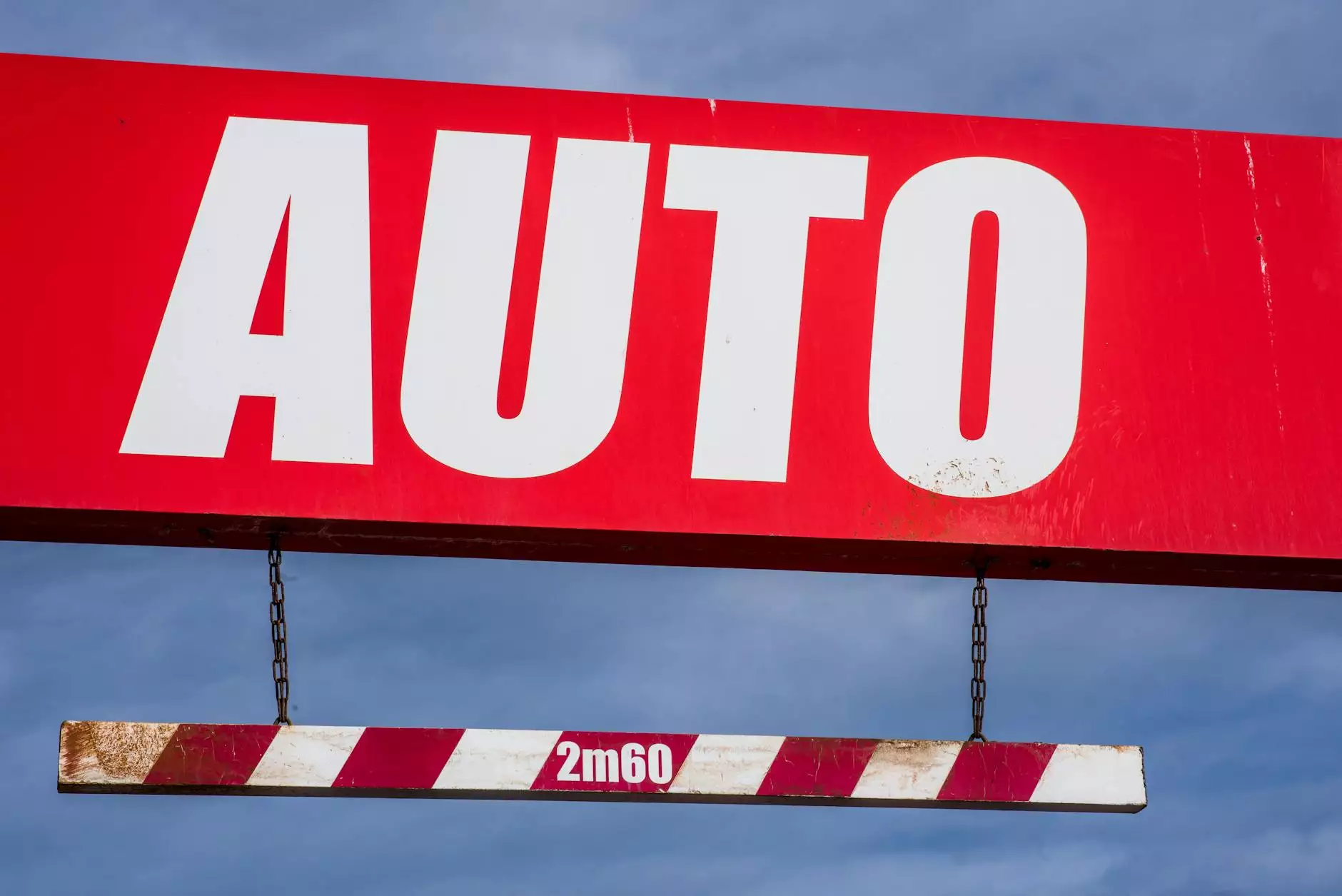Pest Exclusion for Solar Panels: Protect Your Investment

The integration of solar panels into homes and businesses has not only revolutionized energy consumption but has also introduced new challenges, such as pests. The practice of pest exclusion for solar panels has become increasingly vital in safeguarding these investments and ensuring they perform optimally. In this comprehensive article, we delve into the significance of pest exclusion, the types of pests that can affect solar panels, and practical steps you can take to protect your solar energy systems.
Understanding Pest Exclusion for Solar Panels
Pest exclusion involves implementing strategies to prevent pests from entering or damaging structures, including solar installations. It is essential to prioritize this aspect as pests can cause significant issues, ranging from physical damage to reduced efficiency in solar energy production.
Why Pest Exclusion Matters
Solar panels are typically installed on rooftops or open areas, making them accessible to various types of pests. These pests can:
- Create Physical Damage: Animals such as squirrels and raccoons may gnaw on wiring, causing electrical issues.
- Block Solar Panels: Birds and other animals can nest under panels, obstructing sunlight and reducing efficiency.
- Encourage Infestation: One pest's presence can attract more pests, leading to a larger infestation.
The Financial Implications of Pest Damage
Pest-related damages can lead to costly repairs and can diminish the overall return on investment for solar energy systems. Regular maintenance and effective pest exclusion for solar panels not only protects your equipment but also enhances its longevity and reliability.
Common Pests That Affect Solar Panels
Understanding which pests frequently target solar panels is crucial in implementing effective exclusion strategies. Here are some of the most common culprits:
Squirrels
Squirrels are notorious for chewing on electrical wires, which can lead to both functional failure of the solar system and potential fire hazards. They often build nests under solar panels, creating additional complications.
Birds
Birds love to nest under solar panels, creating messes and blocking solar access. Their droppings can also damage the panels over time, leading to increased maintenance needs.
Rats and Mice
These rodents can enter spaces beneath solar panels easily and reproduce quickly, leading to infestations. They can cause significant damage to wiring and insulation, making pest exclusion a priority.
Implementing Effective Pest Exclusion Techniques
To mitigate the risks posed by pests, several methods can be implemented. An integrated pest management (IPM) approach combines multiple exclusion techniques for maximum efficiency:
1. Install Screening and Barriers
One of the most effective ways of pest exclusion is to install high-quality screening or barriers around solar panel installations. This can help to:
- Prevent Entry: A sturdy screen can keep pests like birds and squirrels from accessing the area beneath and around solar panels.
- Facilitate Airflow: Ensure that the screens used do not obstruct airflow, which is also essential for the efficiency of solar panels.
2. Regular Maintenance and Inspection
Routine inspections can help detect signs of pest activity early. Key points to check include:
- Presence of nesting materials under panels.
- Damaged wiring or conduits.
- Any signs of droppings or gnawing.
Regular cleaning and maintenance can significantly reduce the risk of infestations.
3. Utilize Natural Deterrent Methods
Incorporating natural pest deterrents can be an effective way to enhance pest exclusion without harming the environment. Some options include:
- Using Non-Toxic Sprays: Many commercial non-toxic sprays repel pests without causing harm to them or the environment.
- Essential Oils: Certain scents, such as peppermint or citrus, can deter some pests. Spray diluted essential oils in areas where pests are likely to enter.
4. Professional Pest Control Services
Engaging professional pest control services can provide a thorough assessment and targeted treatment. Trained professionals can identify specific pest issues and provide tailored solutions for pest exclusion for solar panels.
Long-Term Benefits of Pest Exclusion
Investing in pest exclusion measures offers multiple long-term benefits:
Enhanced Efficiency
By keeping pests away from solar panels, you ensure that they operate at peak efficiency. This means better energy output and a maximized return on investment.
Reduced Repair Costs
Prevention is often less costly than repair. By addressing potential pest issues before they arise, you can avoid expensive restoration and maintenance costs.
Improved Longevity of Equipment
Solar panels that are free from pest-related damage generally have a longer lifespan. This longevity translates to more years of energy savings, making your investment truly pay off.
Conclusion: Take Charge of Pest Exclusion for Solar Panels
As awareness about the need for sustainable energy sources grows, so does the responsibility of properly maintaining solar panels. Implementing effective pest exclusion for solar panels is essential for protecting your investment, ensuring efficiency, and extending the lifespan of your energy systems. By adopting proactive measures and cooperating with professionals when necessary, you can safeguard your solar power system against unwanted pests.
Don’t wait until pests invade your solar panels. Start implementing these methods today to enjoy peace of mind, knowing that your clean energy source is protected.
For more expert tips on home cleaning and solar panel maintenance, explore our recommendations and services at washmesolar.com.









